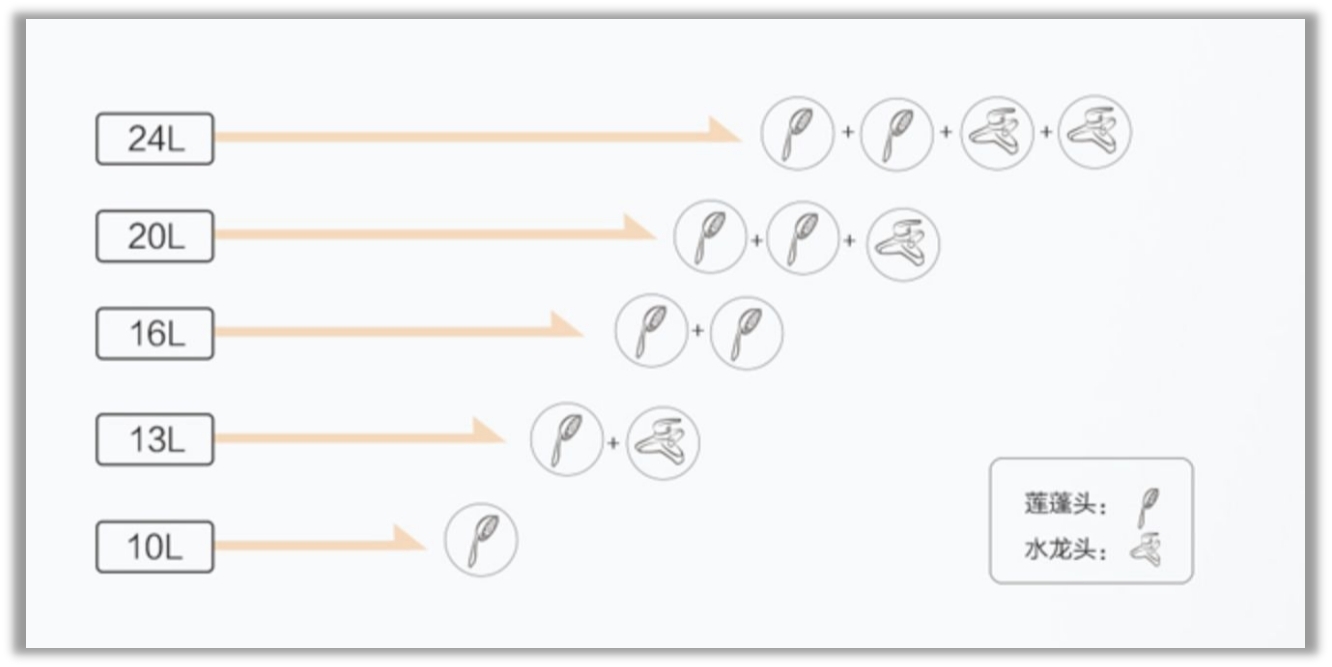Gas Service
The Meaning of "Capacity" for Gas Water Heaters and Selection Principles
Electric water heaters are storage-type, and their stated liter is quite intuitive and easy to understand: the water heater's volume is the capacity in liters, indicating how much hot water it can hold. For gas water heaters, with options like 8 liters, 11 liters, 12 liters, 16 liters, and so on, it may seem significantly different from the 50 liters of storage-type water heaters.
So, what exactly does the "capacity" of a gas water heater mean?
The capacity of a gas water heater is different because gas water heaters do not store water like storage-type electric water heaters do. The capacity value for a gas water heater is the amount of hot water it can provide per minute, with the assumption of a set temperature difference between the incoming and outgoing water. In other words, an 8-liter gas water heater, if your incoming water temperature is 20°C and the outgoing water temperature is adjusted to 45°C (some water heaters now have precise digital temperature control), can provide 8 liters of 45°C hot water per minute. If the temperature difference exceeds 25°C, the output will be less than 8 liters, and if the temperature difference is less than 25 degrees, the hot water output will exceed 8 liters.
When choosing the capacity of a household gas water heater, the following is a comparison chart provided by a certain manufacturer.

To put it simply:
- 24 liters: Choose 24L when using two showerheads and two faucets with hot water simultaneously.
- 20 liters: Choose 20L when using two showerheads and one faucet with hot water simultaneously.
- 16 liters: Choose 16L when using two showerheads with hot water simultaneously.
- 13 liters: Choose 13L when using one showerhead and one faucet with hot water simultaneously.
- 10 liters: Choose 10L when using only one showerhead or one faucet with hot water.
The above options are provided by the manufacturer for comparison, and users can select the appropriate capacity based on their own lifestyle habits, comfort requirements, and specific needs.